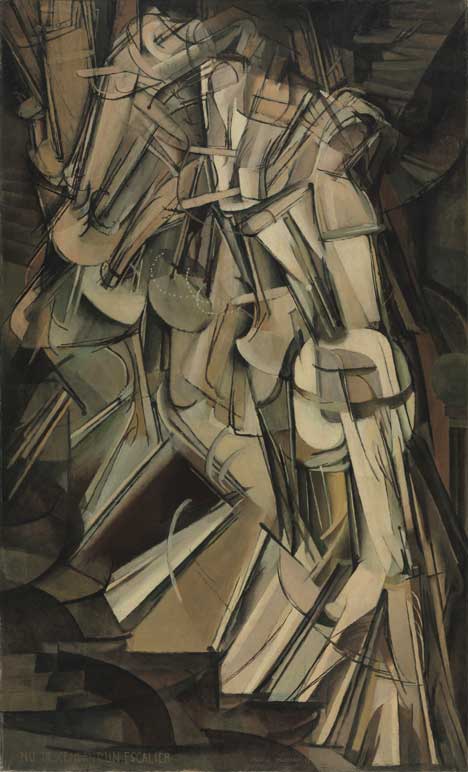European masterpieces were on show, but also works by US artists, including Hartley’s, Still Life, No.1, 1912, which are often overlooked
One of the most notorious cultural events of the 20th century, marking the dawn of America’s love affair with Modernism.
And yet, as the Armory Show reaches its centenary, the full picture of that event has rarely been painted.
Over the century since Duchamp’s Nude Descending a Staircase, 1912, and Matisse’s flattened figures caused a critical and public uproar, countless legends have developed about the events at the 69th Regiment Armory on Lexington Avenue, New York, in February 1913.
One prevailing myth is the idea that the “International Exhibition of Modern Art”, to use its official name, was dedicated purely to the European avant-garde.
It is dispelled in two centenary shows: this month, the Montclair Art Museum unveils “The New Spirit: American Art in the Armory Show, 1913”, and in October, the New-York Historical Society (NYHS) presents “The Armory Show at 100”.
“America has been overlooked in pretty much every show, book or article that’s been written about the Armory Show,” says Gail Stavitsky, the Montclair show’s curator.
“They have tended to generalise about the American artists being conservative and provincial and not as exciting as the European avant-garde.” Though there were more conventional American artists, others, including Marsden Hartley and John Marin, were engaged with European Modernism through visits to Paris or by going to Albert Stieglitz’s New York gallery, 291.
And the Americans were not exempt from the Armory’s critics’ ire. “Some of these artists, such as Hartley and Marin, were grouped with the Europeans as being among the most avant-garde artists, whose work seemed incomprehensible,” Stavitsky says.
The Montclair show will reflect these Modernist works alongside the huge breadth of other American trends that featured, including American Impressionism and the realist Ashcan School.
In New York, the NYHS show will feature 90 works by American and European artists. Giving a wide cultural and social picture of New York in that era, the show includes a room based on a typical study in a collector’s home of the period, complete with Old Master paintings.
“We want to put people back in the mind of the conservative taste of that moment,” says Kim Orcutt, the exhibition’s curator.
The Armory’s organisers sought not to shock but to educate, including four galleries that essentially told the story of Modern art in France from Romanticism to Cubism.
“You were meant to see how these artists who had at one time been considered revolutionary were by 1913 accepted and admired,” Orcutt explains.
“The message was that the avant-garde works you were about to see were just another link in this long tradition.” But it did little to mitigate the furore that followed.
“It has always been suggested that everybody came and laughed and was outraged,” Stavitsky says, “but I think there was probably a greater variety of responses.
There was certainly a fascination in people who came back repeatedly—and 100,000 came in a month.” The shock of the new is emphasised by a “dialogue of nudes”, as Orcutt calls it, in the NYHS show, a coming together of Duchamp’s nude, Matisse’s Blue Nude, 1907, and an academic figure by the American Robert Henri.
The arrival of these radical new paintings en masse meant that outrage was inevitable. “The Armory Show is innovative in that instead of a new movement seeping slowly into the public mind over the course of decades, it was suddenly there all at once,” Orcutt says.
“It really forced an unprecedented public reckoning and a public discussion about Modernism.” Ben Luke Categories: Modern (1900-1945)
